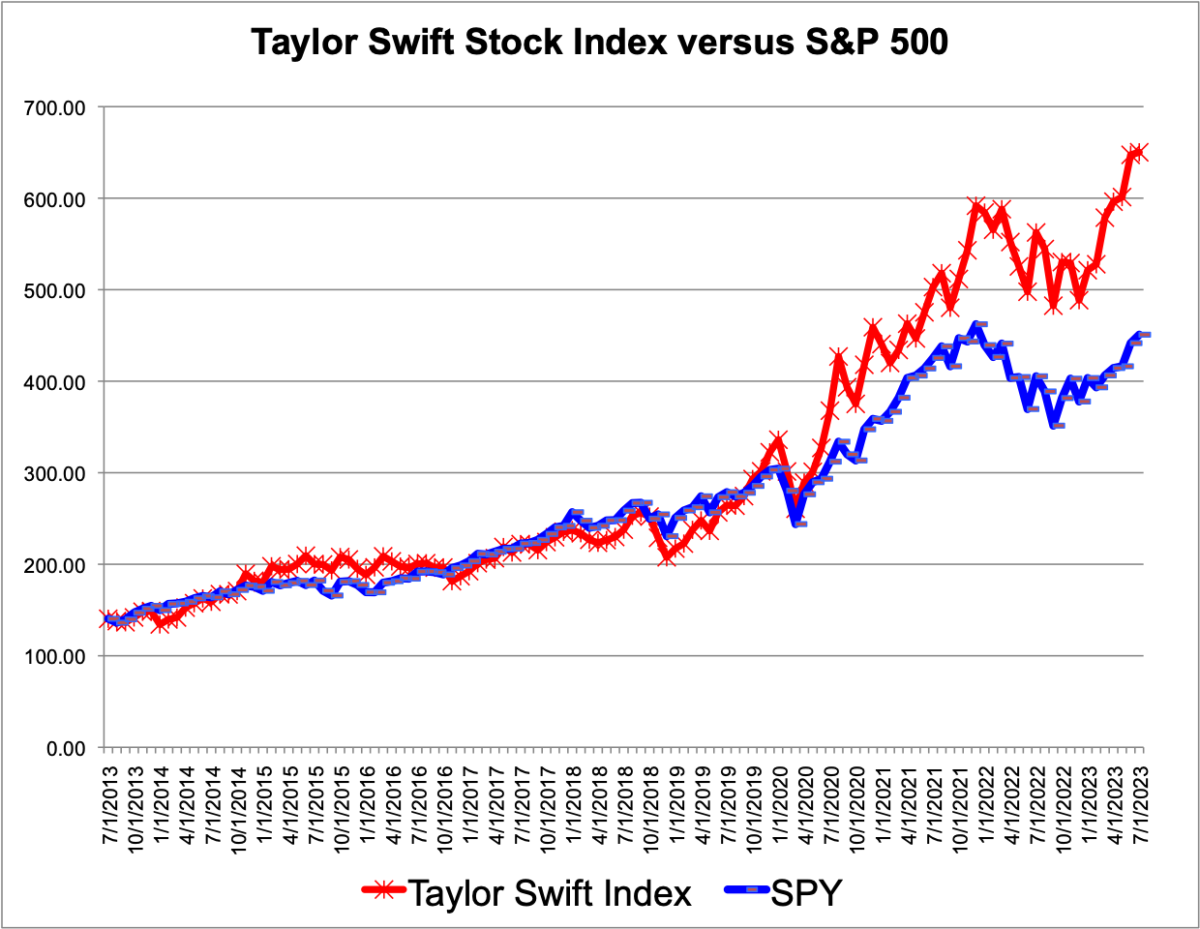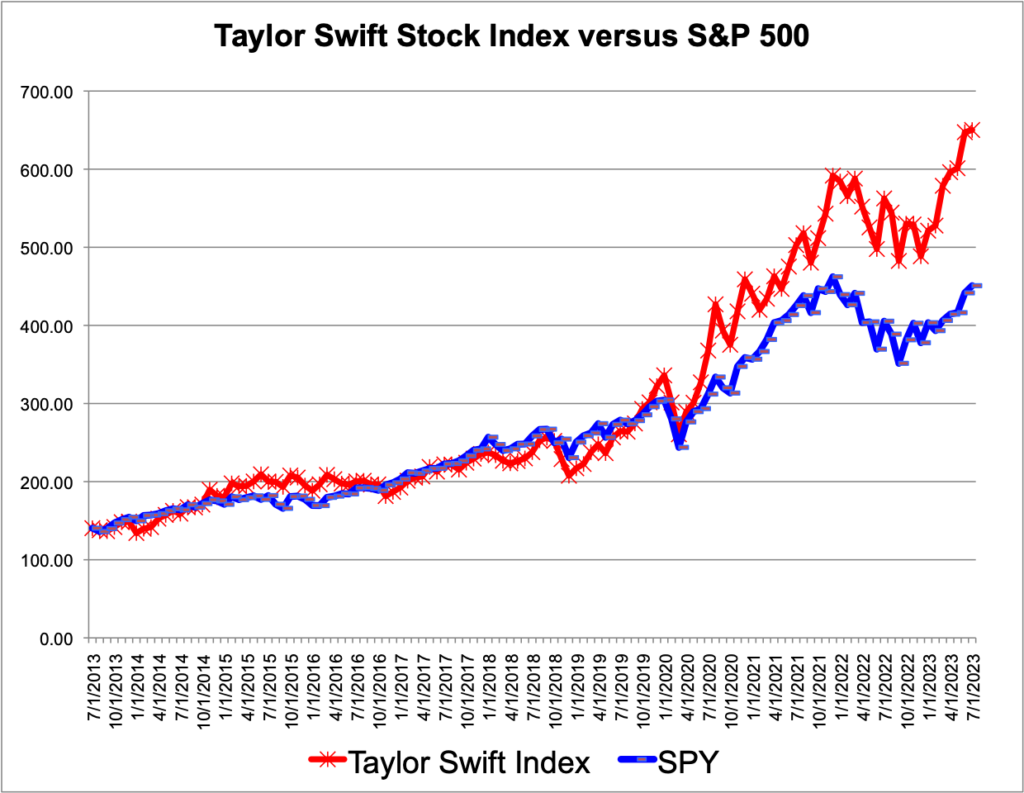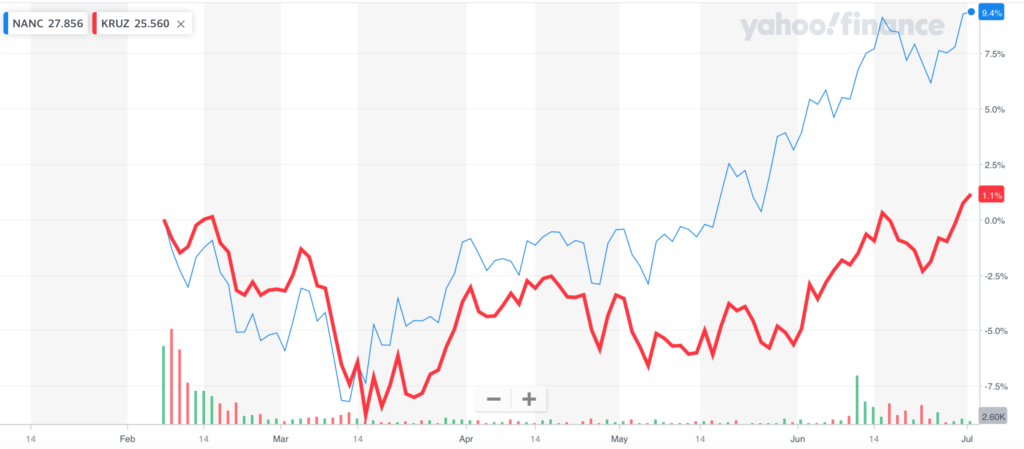by Fred Fuld III
The water utility industry plays a vital role in providing safe, reliable, and accessible water supply and wastewater treatment services to communities around the world.
Their main objective is to ensure a continuous supply of clean drinking water, as well as the effective treatment and disposal of wastewater to protect public health and the environment. The industry employs advanced technologies and infrastructure, such as water treatment plants, distribution networks, and sewage treatment facilities, to manage water resources efficiently.
Additionally, water utilities are increasingly adopting sustainable practices, such as water conservation initiatives and eco-friendly treatment methods, to address growing concerns about water scarcity and environmental impact. Despite facing various challenges like aging infrastructure and funding constraints, the water utility industry remains dedicated to its mission of providing a fundamental and essential service to society.
Over the past few decades, the water utility industry has experienced significant growth and evolution worldwide. As populations have grown, urbanized, and industrialized, the demand for reliable water supply and effective wastewater management has intensified. This has led to substantial investments in infrastructure and technology to meet the increasing needs of communities.
Private entities have recognized the importance of providing clean, safe water to their citizens and have focused on expanding and modernizing water treatment plants, distribution networks, and sewage treatment facilities. Moreover, advancements in water treatment processes, including desalination, membrane filtration, and advanced oxidation, have enabled the industry to tackle water scarcity challenges in arid regions.
The growth of the water utility industry has also been driven by the rising awareness of environmental sustainability. This has led to the adoption of eco-friendly practices, such as water conservation programs, wastewater recycling, and energy-efficient treatment methods. Additionally, with the advent of digital technologies, water utilities have embraced smart metering, data analytics, and real-time monitoring to optimize their operations and enhance overall efficiency.
The industry has not been without its challenges, though. Aging infrastructure, water pollution, climate change, and financial constraints remain significant hurdles that require innovative solutions. Nevertheless, the water utility industry continues to adapt and thrive, supported by a growing understanding of the vital role water plays in ensuring public health, economic prosperity, and environmental preservation.
American Water Works Company, Inc. (AWK) is the largest publicly traded water utility company in the United States. Headquartered in Camden, New Jersey, the company was founded in 1886 and has a rich history of providing water and wastewater services to communities across the nation.
With a strong commitment to delivering safe, clean, and reliable water, American Water serves millions of customers in various states, including residential, commercial, and industrial clients. The company’s extensive network of water treatment plants, distribution systems, and wastewater treatment facilities ensures a continuous supply of high-quality drinking water and efficient wastewater management.
American Water places a strong emphasis on technological advancements and environmental stewardship, adopting smart metering and digital solutions to optimize operations and reduce water losses. Furthermore, the company actively engages in community partnerships, educational programs, and environmental initiatives to promote water conservation and sustainability.
As a vital component of the nation’s critical infrastructure, American Water Works Company continues to play a significant role in safeguarding public health and supporting economic development through its dedication to excellence and innovation in the water utility sector.
This $28.6 billion market capitalization company trades at 33 times trailing earnings and 29 time forward earnings. Quarterly earnings growth year-over-year was 5.3% on an 11.4% rise in sales over the same period. The stock pays a dividend of 1.9%.
Essential Utilities, Inc. (WTRG) is a prominent publicly traded water and natural gas utility company in the United States. Formerly known as Aqua America, Inc., the company rebranded as Essential Utilities, Inc. to reflect its broader scope of utility services. Headquartered in Bryn Mawr, Pennsylvania, Essential Utilities has a long history dating back to 1886 and has grown to become one of the largest publicly traded water utility companies in the country.
The company operates in multiple states, serving millions of customers with water and wastewater services. In addition to its water operations, Essential Utilities also provides natural gas distribution services to customers in several states.
The company is committed to ensuring a reliable and safe supply of clean drinking water, as well as effective wastewater treatment, to support public health and environmental protection. With a focus on sustainability, Essential Utilities actively engages in water conservation initiatives and environmental stewardship programs to reduce its environmental footprint.
Essential Utilities places a strong emphasis on operational efficiency and technological advancements, utilizing smart metering and data analytics to enhance service delivery and optimize resource management.
The company has an $11.2 billion market cap, a trailing price to earnings ratio of 25 and a forward P/E of 21. Earnings per share growth for next year is anticipated to be 8.7%. The dividend yield on this stock is 2.66%.
California Water Service Group (CWT) is a leading publicly traded water utility company based in San Jose, California. Established in 1926, Cal Water has a long-standing history of providing high-quality water utility services to customers in California, Washington, New Mexico, and Hawaii. As one of the largest investor-owned water utility companies in the United States, Cal Water serves millions of residential, commercial, and industrial customers, ensuring a reliable and safe supply of clean drinking water while maintaining a strong commitment to environmental sustainability.
The company operates a vast network of water treatment plants, distribution systems, and storage facilities to efficiently deliver water to its diverse customer base. Cal Water places a strong emphasis on water conservation, implementing water-saving programs, and promoting responsible water usage to address the challenges of water scarcity in California and other regions.
In addition to its core water utility services, California Water Service Group has also diversified its operations to include complementary businesses, such as providing wastewater and recycled water services. The company prioritizes technological advancements, leveraging innovative solutions to enhance operational efficiency, data management, and customer service.
This $2.96 billion market cap stock trades at 40 times trailing earnings and 25 times forward earnings. Earnings per share growth for next year is anticipated to be 9.35%. The yield is 1.94%.
There are several other publicly traded companies that sell water. Here are four more examples.
- American States Water Company (AWR) – American States Water is a utility holding company, with subsidiaries providing water and electricity services primarily in California.
- Middlesex Water Company (MSEX) – Middlesex Water Company serves customers in New Jersey, Delaware, and Pennsylvania, offering water and wastewater services.
- Connecticut Water Service, Inc. (CTWS) – Connecticut Water Service operates in Connecticut, Maine, and New Hampshire, providing water utility services.
- SJW Group (SJW) – SJW Group serves customers in California, Texas, and other western states, offering water utility services.
As societies become more conscious of water’s preciousness, the water utility industry is likely to continue its growth trajectory, prioritizing sustainability and resilience in the face of future uncertainties.
Disclosure: Author owns CWT.












